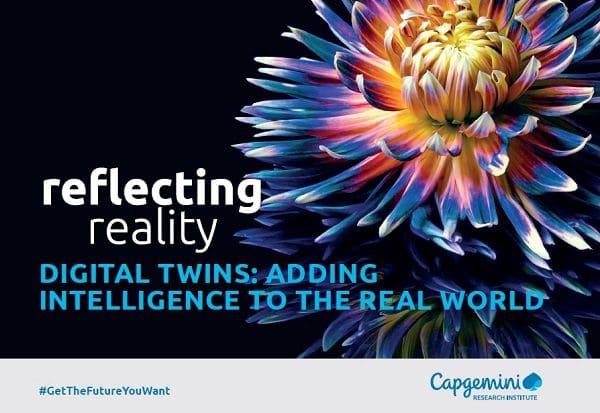In Chattanooga, in the US state of Tennessee, information from 500 different sources, including traffic cameras, 911 emergency-call data, radar detectors, and weather stations, feeds into the city’s digital twin.
Upon conducting experiments in traffic-congestion relief using the twin, the city has shown an improvement of up to 30% in traffic flow, resulting in greater energy efficiency as well as reduced passenger delays. In another example, Nanyang Technological University (NTU) in Singapore, using digital twins, was able to create 31% savings in energy use and a reduction of 9.6 kilotons in carbon emissions. These examples not only illustrate the scale of today’s digital twins and the efficiencies they bring but also highlight the sustainability benefits they can provide.
A digital twin is a virtual replica of a physical system that can model, simulate, monitor, analyze, and constantly optimize the physical world. It aims to bridge the “physical-digital” gap at the right frequency and fidelity, thereby improving performance and sustainability. It establishes a closed-loop approach to unlock value, bringing synergies across data, technologies, and business processes, and is at the core of Intelligent Industry transformation. Through its ability to answer questions such as “what is best?”, “what if…?”, and “what next?”, a digital twin can not only provide visibility on how dynamic, real-world systems are currently performing and propose how to improve them, but also predict how they will perform in different scenarios. A product or a system can have one or more than one digital twin depending on the stage of the lifecycle that requires it.
There are various ways in which digital twins can help organizations attain their sustainability goals and facilitate easier collaboration with the extended ecosystem. During the conception phase, a digital twin for design can aid the design effort and testing of new features as well as bring greater efficiency to production processes, consequently saving costs and reducing time to market. During the build phase, a twin can aid virtual training and commissioning. Later, when the product/asset/system is being operated and maintained, another twin can make processes more efficient by reducing downtime through predictive maintenance and improved performance via optimization. In addition, they also aid organizations in introducing new business or operating models.
As a result, organizations are increasingly investing in digital twin solutions. The market size for digital twins, which exceeded $5 billion in 2020, is expected to grow at over 35% CAGR between 2021 and 2027…


